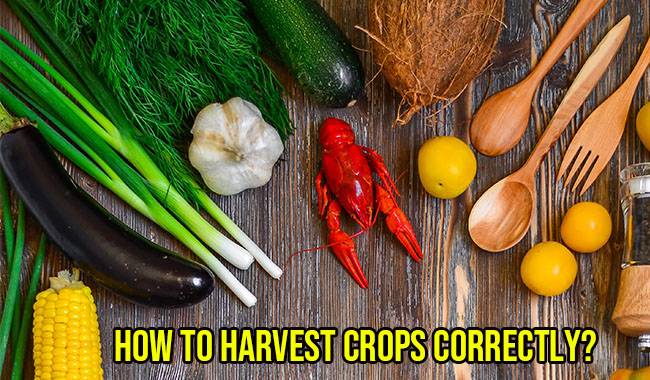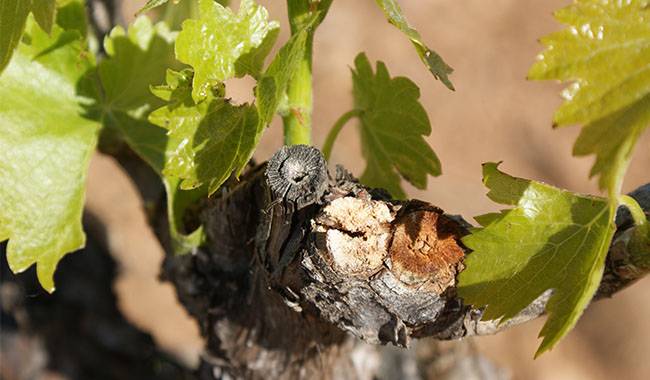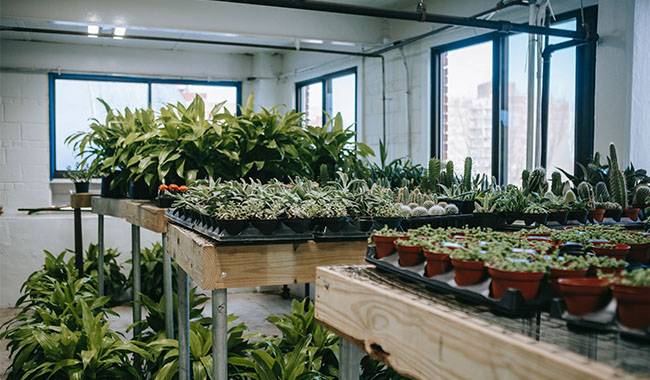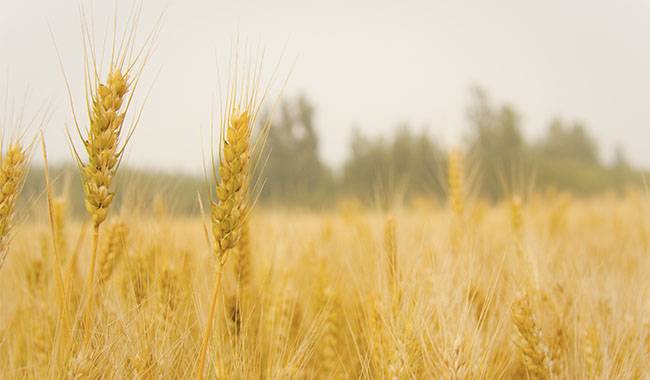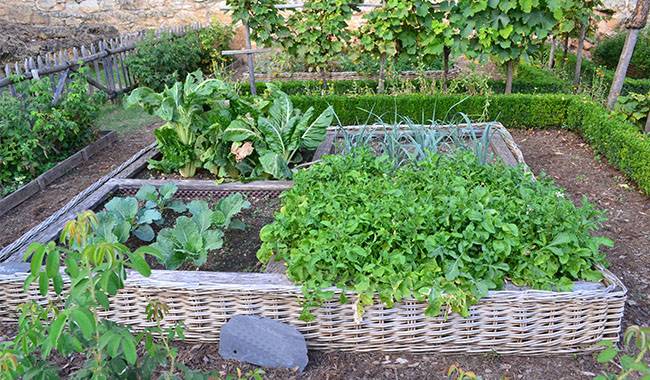
Seasoned gardeners know that it is not enough to grow only a crop. It’s important to harvest and preserve it properly. And harvesting is far more important for preservation than you can imagine.
If you pick your fruit in time, you can enjoy it’s true flavor. The tips in this publication will give you a clear idea of the principles to follow when picking freshest vegetables from your garden.
We will explain how to properly harvest the most popular freshest vegetables crops here.
THE 4 BASIC POINTS TO REMEMBER WHEN HARVESTING VEGETABLES
Harvest every day
It would be great if you could make a basket out into the garden every day to see what is ripe and put in the ripest fruit. Picking vegetables when they are ripe tends to result in a higher yield of plants.
More doesn’t always mean better
Most vegetables are at their peak of tenderness, juiciness, and flavor when they are relatively small in size. For example, zucchini are at their best when they are no more than 6-7inch (15-17.5cm) in length before they become hard and woody (if you do find such an overripe monster, you can turn it into caviar).
Observe the right time to harvest vegetables
It’s important to pay close attention to what you plant and when. It’s even a good idea to keep a seed packet to know when the plants are ready to harvest in case you suddenly forget. There are many varieties of vegetables nowadays, with different sizes and flavors, and different maturity periods. These are all things to consider.
So look for things to worry about
When you harvest, look for causes of concern, such as yellowing leaves or rotting fruit, and fix them. Even if there’s little you can do about it, such as rotting fruit or too much rainfall, there’s little point in letting the plant waste energy on something you can’t eat. Therefore, feel free to cut off bad fruit, leaves, etc.
TIPS FOR HARVESTING THE MOST POPULAR CROPS
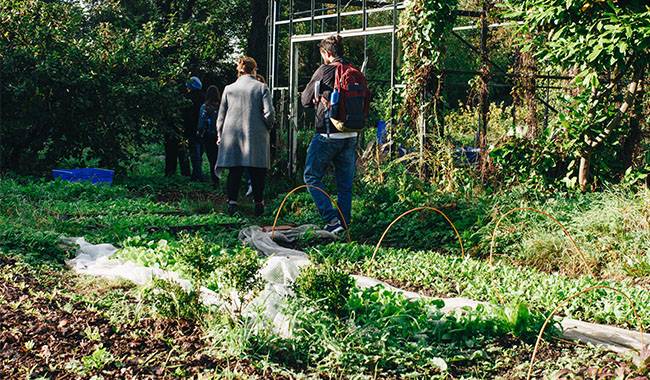
Herbs
Pinch or cut herbs often so that they produce more leaves and stems (i.e. the parts we eat) and don’t start flowering because flowering changes their flavor.
For example, if you get a surplus of thyme or oregano because of this rule – simply dry the fresh herbs, store them in a kraft paper bag, and you can use them in cooking any time of the year.
Basil especially needs frequent pruning of the stems to keep them thick and to grow many new shoots. At some point in July or August, everyone has too much basil, which is why the Italians invented pesto (you can find many basil recipes online).
Tomatoes
There are literally countless varieties of tomatoes. Many turn red as they ripen, but there are also orange, yellow, striped, and even green ones.
You can grow both small “redcurrant” tomatoes and huge “cow seeds”, which in the vast majority of cases take longer to ripen.
So make sure you check the information on the seed packet so you know what to expect from the tomatoes you grow and pay close attention to the date close to ripening.
Generally speaking, tomatoes are considered fully ripe if the fruit comes off the stalk easily. However, if you happen to pick a fruit that is not fully ripe – no big deal, it can ripen after harvest.
However, tomatoes have the strongest and sweetest flavor when they ripen on the plant and are illuminated by the warm sun. As soon as you harvest the first few tomatoes of a particular variety, you can get a feel for what its ripe fruit should look and taste like.
Some tomatoes are of the “determinate” type and stop growing after a few weeks. However, most tomatoes grown today are “indeterminate”, which means they will grow, flower and fruit until frost kills them completely, although cooler temperatures will in principle make them less intense to fruit.
Therefore, it is necessary to harvest even the green tomato fruits a week before the first frost is expected in your area. In order to let them ripen well indoors, you can wrap them in newsprint. However, you can also make use of many recipes for green tomatoes.
Peppers
If the peppers have reached a large enough size but are still green, they are considered ripe and ready for consumption. If left on the vine longer, they will turn red, orange, yellow, or brown in color (depending on the variety) and become less flavorful and crunchy.
Peppers that remain on the vine and change color become spicier. Therefore, harvesting peppers in a green or colored state depends on the variety and what you want to get out of the crop. As with tomatoes, the first few fruits you pick will teach you how to properly judge the ripeness of a particular variety.
Onions
The best indicator of a ripe onion is when the leaves are curling. Dig out the bulbs and leave them in a dry place for at least a week.
Tips: If your onions are blooming, pick the flowers and use them in salads for added flavor.
Lettuce
It is important to harvest mature lettuce leaves before hot weather, before they start to sprout, or before you let the plant flower, which causes the leaves to have a distinctively bitter taste.
With lettuce and many other greens, you can do this: systematically “cut and come back” as long as the leaves are juicy, young, soft, and no more than 5inch (13cm) long.
Carefully cut off the largest leaves with scissors. When the smaller leaves become large enough, cut them off as well. You can go back to the lettuce twice, three times, four times at intervals of several days before it succumbs to the summer heatwave.
To increase lettuce production, you can use varieties that are resistant to sprouting and sow multiple times at two-week intervals.
Another good way to delay germination in hot climates is to create a little shade with a tent or other material. In late summer, reseed the green seeds for harvest.
Peas
If it’s garden peas, choose a test pod and open it as the seeds begin to swell inside. You want the peas to be round and ripe, but still tender. Pick them shortly before you are ready to peel and cook them.
For fresh and sugary varieties, you’ll need to check the pods when they reach almost full size. You want fresh, crisp pods in which the seeds have begun to develop, but are not overly ripe. Pods that have been left on the vine for too long can become too hard.
Green beans
This is a very easy vegetable to harvest. Harvest the pods when they are just below their maximum size to make sure they are tender, soft and the seeds are not fully ripe. If you delay, the seeds will ripen and harden, and the pods themselves will become hard.
Do not pick green beans in the morning when there is still dew on the vines. It is best to wait until the plants are completely dry to avoid spreading diseases. Remember to systematically ensure that the vine continues to flower and produce new pods.
Cucumbers
Read on the seed packet how big your cucumbers should be when they mature and how long it will take them to reach that state. But remember that, in principle, you can harvest cucumbers at any stage of growth, depending on your goals.
Smaller fruits will be more tender, with thin skin and fewer seeds (or immature seeds). Overripe cucumbers will become dry and hard. As with melons, cucumbers should be cut from the vine, not twisted.
Zucchini
Many gardeners allow zucchini and other small huckleberries to reach a great size before harvesting. However, you will have the best flavor and texture if you cut the fruit when it is only 4-5inch (10-12.5cm) long.
Tip: Look for “staminate flowers” – these are the ones with no small subdivisions on the stem – and use them as a good addition to salads, or add them to cheese and fresh vegetables.
Winter squash (pumpkins)
Let the winter squash ripen fully before you start harvesting – wait until its skin is so thick that you can’t pierce it with your fingernails. Then store the squash in a cool, dry place for several months.
Tip: Like the summer squash, the winter version of this fruit can be picked young – measuring less than 6inch (15cm) – and eaten fresh without cooking if you like.
Corn
When it comes to harvesting corn, timing is key. As soon as you pull the cob off the stalk, the kernels start to lose their sweetness and flavor. Therefore, it’s a good idea to harvest your own corn in your own field so you can wait until the last minute.
A traditional tip is to boil water in the pot where the corn is to be cooked, then go out into the garden and cut off the desired amount of corn on the cob and cook it immediately. Sweet corn is ready to eat when you feel full, round kernels under the husk; the husk at the top of the cob is dry and the rice kernels are poured with juice.
Roots
Read the information on the seed packet to find out how long it should be before it makes sense to check the maturity of your carrot, turnip, beet, radish, or windbreak variety.
When that time comes roughly, gently loosen the soil and pull the vegetable roots upward to get an idea of what size it has reached. If the root vegetables are relatively small and young, they will be softer and have a more delicate flavor and aroma.
The longer a root vegetable is in the ground and the larger it grows – the harder, drier, and harsher it tastes.




